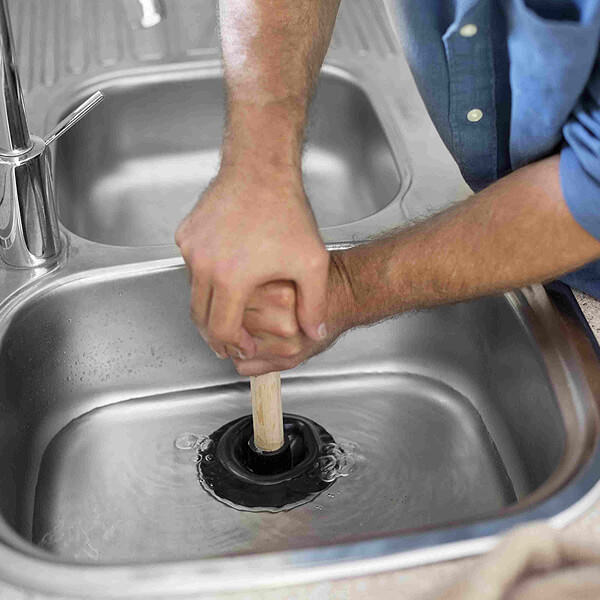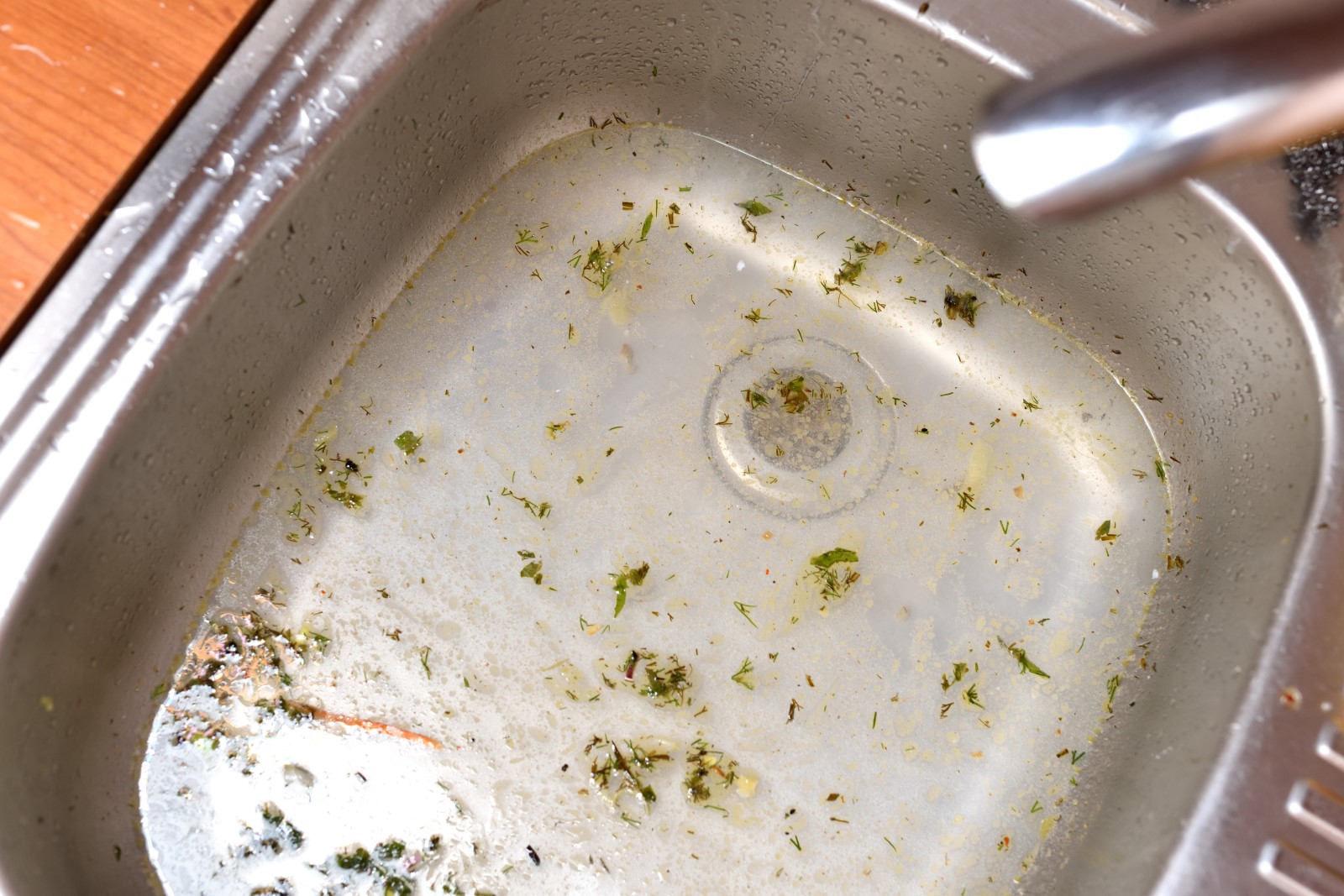What to Address a Blocked Drain Independently Before Hiring Professional Help
What to Address a Blocked Drain Independently Before Hiring Professional Help
Blog Article
We've encountered this article about What I learned from trying to deal with a clogged drain directly below on the web and reckoned it made perfect sense to talk about it with you on my blog.

Intro
Handling an obstructed drainpipe can be a discouraging experience, interfering with day-to-day activities and potentially triggering damages to your property. Nevertheless, before reaching out to plumbing experts, there are actions you can require to resolve the concern on your own. In this overview, we'll discover do it yourself options and safety nets to deal with an obstructed drain efficiently.
Identifying the Issue
The very first step in resolving an obstructed drain is recognizing the signs. Slow-moving drain, gurgling sounds, foul odors rising from drains pipes, or water backing up prevail indications of an obstructed drain. Recognizing these indicators early can help protect against further difficulties.
Typical Causes of Blocked Drains
Recognizing the elements that add to drain obstructions is essential for effective resolution. Typical wrongdoers include hair, soap scum, grease, food particles, and foreign items like hygienic products or paper towels. Tree roots getting into below ground pipelines can also cause significant obstructions.
Do it yourself Solutions
For small clogs, several DIY services can be effective. Putting boiling thin down the drain can assist dissolve grease and particles. Sodium bicarbonate and vinegar or a combination of salt and cooking soda can work as all-natural cleaners. Using a bettor or pipes snake to dislodge blockages is one more choice.
Devices and Devices
Having the right tools accessible can make do it yourself drain cleansing much more reliable. A plunger is a flexible tool for getting rid of blockages in sinks, commodes, and showers. A plumbing snake or auger can get to deeper clogs, while drainpipe cleaning chemicals can be used very carefully for persistent clogs.
Safety nets
To stay clear of future blockages, taking on safety nets is crucial. Mount drainpipe guards or strainers to catch hair and debris before they go into the pipelines. Regularly flush drains with hot water to liquify oil buildup, and stay clear of throwing away grease or solid waste down the drain.
When to Call a Specialist
While DIY services can resolve small obstructions, certain indicators suggest the requirement for specialist help. Persistent obstructions, foul odors regardless of cleansing initiatives, or numerous drains backing up concurrently are red flags that call for experienced intervention.
Choosing the Right Pipes Service
When choosing a plumbing solution, think about factors such as experience, licensing, and consumer evaluations. Select a respectable plumbing professional with a track record of quality workmanship and transparent pricing methods.
Expense Factors to consider
The expense of expert drain cleaning company can differ depending upon the extent of the clog and the plumbing technician's prices. Demand quotes from several companies and inquire about any kind of added fees to make certain openness and stay clear of surprises.
Safety and security Measures
When attempting DIY drain cleansing, prioritize security. Wear protective handwear covers and eyewear to avoid contact with dangerous chemicals or germs. Never ever mix different drainpipe cleaning items, as this can generate dangerous fumes.
Case Researches
Real-life examples highlight the effectiveness of do it yourself solutions and the importance of prompt professional treatment in fixing drainpipe blockages.
Verdict
By following the tips laid out in this overview, you can successfully take on obstructed drains pipes and stop future pipes concerns. Whether selecting do it yourself solutions or seeking expert aid, timely activity is essential to maintaining a healthy and balanced plumbing system and maintaining the honesty of your home.
WHAT I LEARNED FROM TRYING TO DEAL WITH A CLOGGED DRAIN
We have had our share of seepages and other annoying things that are part of living, especially in an apartment complex. And if there’s one thing that’s terrifying for a homeowner—or even someone in a rented home—it is a clogged drain, indoors or outdoors.
We enjoy our living space, but it’s simply a fact of life that dead skin, soap and a host of other items go down the drain; eventually, the residue builds up and prevents anything from moving. Ugh.
Not Calling A Professional
Of course, it might seem simple to just whip the pipe off under the sink and see if you can unblock it. Unfortunately, what if the blockage isn’t there, or you don’t reconnect it properly? Worse, you might break a piece and have no drainage system. Can you imagine that scene? Yuck!
Not Watching Your Waste
This will sound d’uh, but the best tip I can give you for drain cleaning is to avoid clogging the drain in the first place! You can do this by monitoring what goes down the drain and catching the items which are most likely to give you a problem. Invariably hair, vegetable peels, and large wads of toilet paper are the most obvious culprits. Add a filter—these are available in hardware stores and can be removed and cleaned easily.
Poking The Drain
The first urge with a clogged drain is to poke at it with a stick or anything that resembles a stick. Sadly, this does not result in magically solving the issue. The mental image is, naturally, one of the stick just pushing through the offending item and all is well again. Reality is quite different and unpleasant and likely to lead to further problems.
The thing is, every drain has a series of bends that are not visible to us. Drains are built this way to prevent gases from entering the house. What happens when you poke a stick into the drain? Of course, it can’t bend around the corner. The more adventurous people will use force and end up wedging the stick or causing it to break off in the pipe—creating an even bigger issue. Worst thing? The stick will shift the block further down the pipe, creating the space for more to collect. Go ahead! Roll your eyes!
Using The Wrong Plunger
You know what they say: the right tool for the right job! Did you know there are different types of plungers besides the basic one we keep at home for an emergency? Yes, there are. For example, the toilet plunger has a bell-shaped bottom while the sink plunger is flat. This is an important difference and using the wrong plunger will be useless. There’s also a knack in using plungers—they must be placed in such a way that they create an airtight seal and then, moved slowly up and down—not as fast as we imagine.
https://vidyasury.com/2018/01/learned-trying-deal-clogged-drain.html

Hopefully you enjoyed reading our section about 8 Tips For Clearing A Blocked Drain. Thanks a ton for finding the time to read our blog. Kindly take the time to share this entry if you enjoyed reading it. Thank-you for going through it.
Book Report this page